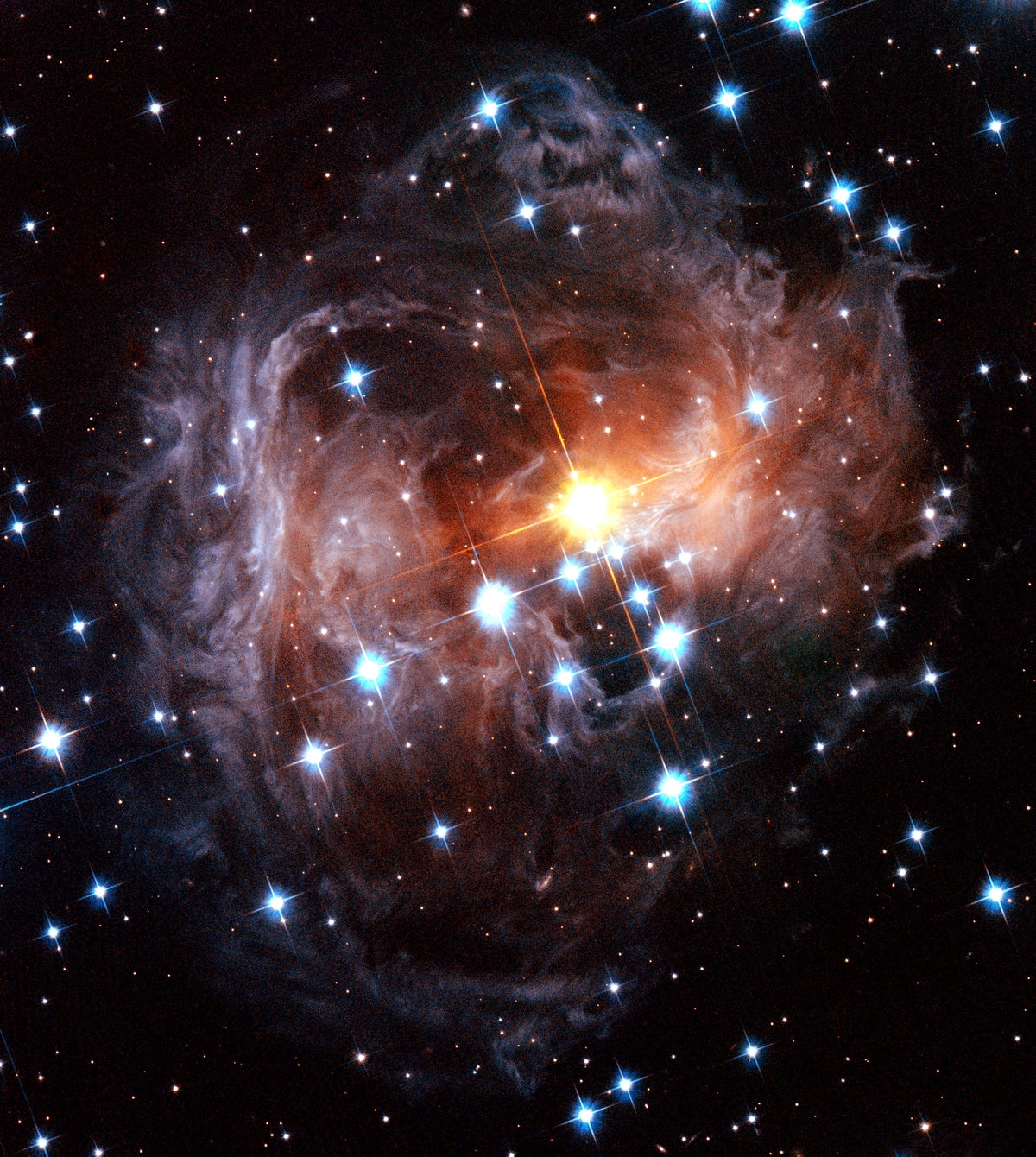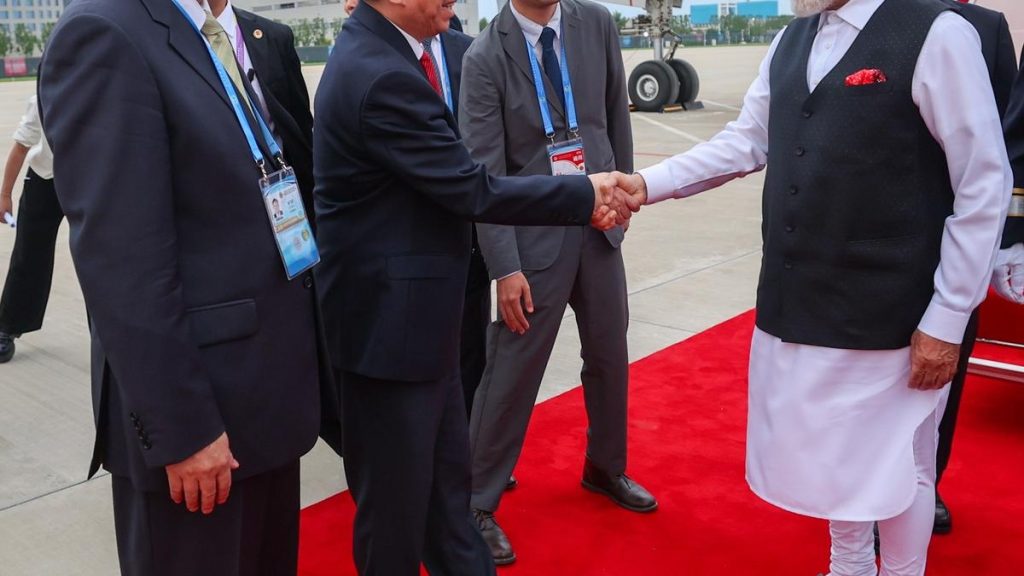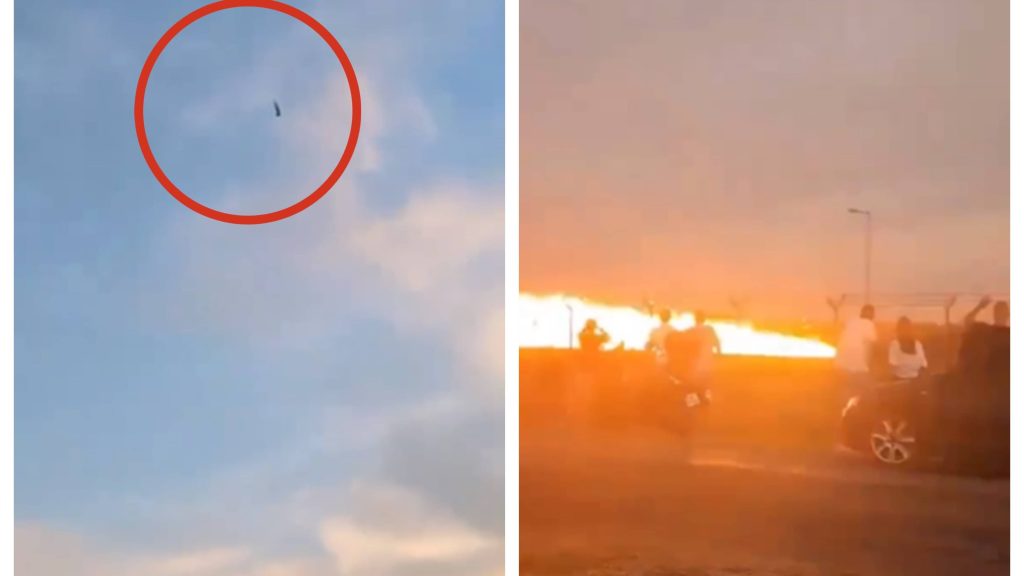Now Reading: Exploring Faster-Than-Light Motion: What Science Says
-
01
Exploring Faster-Than-Light Motion: What Science Says
Exploring Faster-Than-Light Motion: What Science Says

Quick Summary
- In 1901, a nova event in the constellation Perseus called GK Persei displayed material seemingly moving faster than light. German astronomer Jacobus Kapteyn recognized this as an illusion.
- the phenomenon stems from “light echoes,” where light reflects off interstellar dust and appears to move faster under certain geometric conditions. This can result in apparent superluminal motion without breaking physical laws.
- Observations of quasars and galaxies with active black holes similarly show illusions of faster-than-light motion due to the finite speed of light and angular alignment relative to Earth.
- Such illusions help astronomers study cosmic material behavior around energetic events, providing insights into space geometry and black hole activity.
Indian Opinion Analysis
The exploration of “faster-than-light” phenomena highlights the ingenuity needed to decode cosmic illusions using scientific principles like geometry and relativity. For India, which is steadily investing in astrophysics through agencies like ISRO, such advancements emphasize the importance of expanding research capability beyond earthbound observations into deeper cosmological studies involving supermassive black holes or distant galaxy phenomena-areas that could position Indian scientists within global frontiers of discovery. More broadly, appreciating such nuanced phenomena fosters public interest in science education and bolsters support for critical research funding.




























